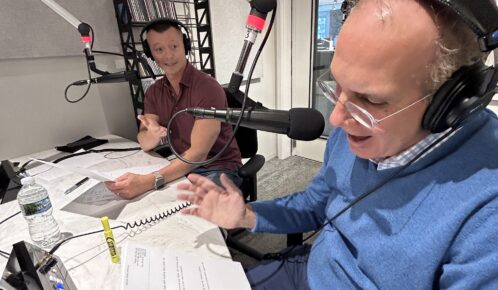According to new research, lower back pain is the leading cause of disability worldwide. The study was conducted by researchers in Australia and the United States. The research team reviewed disability statistics from more than 187 countries from 1990 to 2010. They found that more than one-third of disability cases are caused by lower back pain.
Attorney Howard Ankin said he’s not surprised by the results. He said that back pain can be a chronic and debilitating condition that can prevent people from completing even the most basic tasks. He added, “In my experience, back pain is one of the main reasons why people seek disability benefits from Social Security.”
A separate study conducted by a team at the University of Queensland’s Population of Health found that 9.4 percent of people worldwide suffer from lower back pain. The condition is more common in men than women. More than 10 percent of men report having lower back pain compared to 8.7 percent of women.
The researchers also found a high correlation between lower back pain and the type of work that one does. Individuals who work in agriculture, husbandry, and forestry were found to be four times more likely than other professions to suffer from back pain. Workers in the production, labor, transportation, and service industries all have an increased chance of experiencing lower back pain.
Experts say regular exercise is one of the best ways to prevent back pain. Building core strength and flexibility can help increase back health. Individuals who already suffer from back pain are advised to stay as active as possible and only take painkillers as needed.
Howard Ankin says that back pain often leads to disability because the problem is chronic. Individuals who are suffering often take time off to rest their backs. That can lead to inactivity and weight gain, which may make the problem worse. The Social Security disability attorney said that it’s important to address the issue right away so the problem doesn’t escalate into an issue that prevents work and normal activity.
Furthermore, Mr. Ankin likes the progress that has been made in reducing serious workplace injuries, but he argues that more work needs to be done to protect the livelihood of workers.



